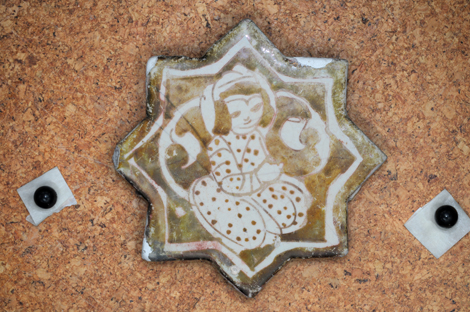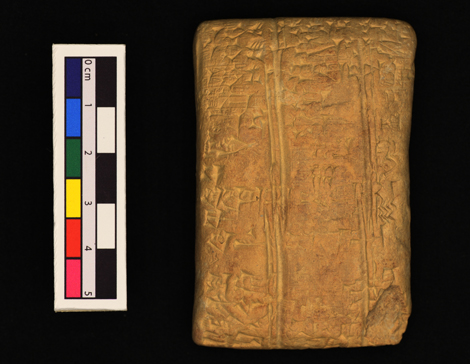AHRC RTI project
The AHRC have awarded Follow on Funding to build on the RTISAD project. This grant will explore the possibilities of digital imaging in ancient document research, in archaeology, in industrial applications such as textile design, and in other contexts. The underlying technology called Reflectance Transformation Imaging (RTI) uses multiple images to produce an interactive representation of subtle surface details such as brush strokes on paintings.
Continue reading →



